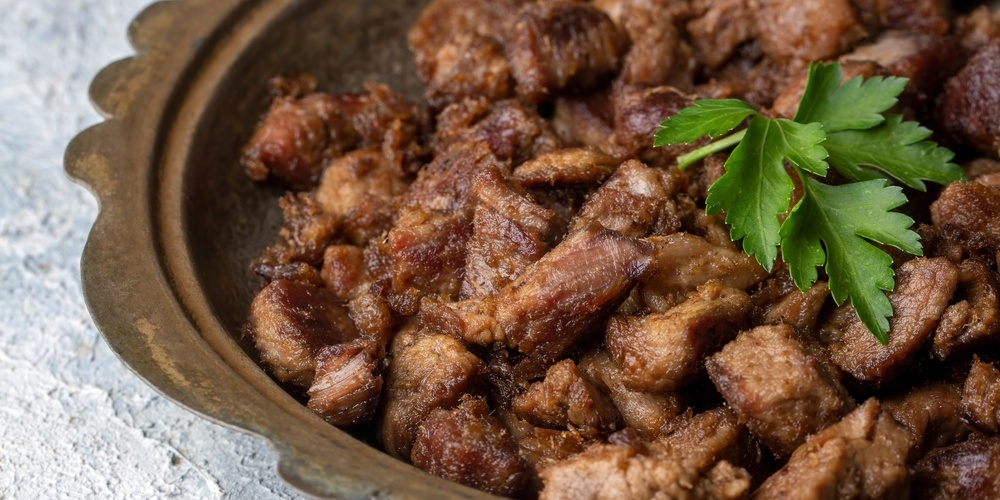
Sefer Vayikra serves as the “central” book of the Chumash; on one side flanked by Breisheet and Shemot, which detail the founding of the Jewish people; and on the other side by Bamidbar and Devarim, detailing the long and arduous struggle to reach the land of Israel. Smack in the middle is the smallest and I dare say, the least interesting of the books of the Chumash.
Sefer Vayikra takes place in a time vacuum. It is almost devoid of historical events and seems to interrupt the flow of the biblical narrative. Sefer Shemot ends on the first of Nissan in the second year counting from the Exodus and Sefer Bamidbar picks up exactly one month later[1]. Yet its location in the middle indicates that it is Sefer Vayikra that is the focal point of the Torah. It contains, as Rashi points out, “the majority of the essence of the Torah.” (Rashi, 19:2)
Tellingly, and perhaps surprising to many, Sefer Vayikra contains the greatest number of mitzvoth - 247 according to the count of the Sefer HaChinuch[2]. Traditionally, Jewish children began their learning of chumash not, as is common today, with Breisheet but with Vayikra. Yet this book more than any other seems the least relevant to us today and certainly not one which might excite children. Only when we reach parshat Kedoshim, with its powerful and uplifting charges to holiness, does Vayikra become a living text for many.
When referring to Sefer Vayikra most of us think of korbanot, sacrifices. Korbanot play a major role in defining the essence of Judaism, regardless of whether or not sacrifices are actually brought. A quick (and incomplete) perusal of the nature of korbanot will illustrate the point. While korbanot appear to be most ritualistic in nature, the entire enterprise of korbanot emphasizes Judaism’s rejection of empty ritual. As our prophets repeatedly tell us, G-d does not want our sacrifices per se; rather He desires the character traits that develop when we strive to come close to G-d. This requires sincerity and, unique amongst mitzvoth, even an improper thought can disqualify a sacrifice. It is from the laws of sacrifices that the Talmud derives the principle of mitzva haba b’aveirah, that a mitzvah made possible through the commission of sin such as theft renders the mitzva worthless. Closeness to G-d must never come at the expense of our relationship to man. As korbanot can be offered only at the Temple in Jerusalem, they connect us with both our spiritual centre and with other Jews. Furthermore, non-Jews were allowed to offer korbanot; our Torah has a universal message for all of mankind and seeks to bring all people, regardless of their actual religion, close to G-d.
The general laws of korbanot even connect us to Pesach, our foundational holiday. “Do not make any meal offering that is sacrificed to G-d out of leavened dough because you may not burn anything fermented or sweet as a fire offering to G-d.” (Vayikra 2:11) What is wrong with a little chametz with our sacrifices? The Sefer HaChinuch explains that the obligation to ensure that our meal offerings are made of matza symbolizes that we must worship G-d with alacrity - any delay will cause fermentation. We must move quickly and with zeal in worshipping G-d. Remaining static causes stagnation and waste. Matza can remain as it is indefinitely, but let the yeast rise and within a couple of days it is no longer fit for consumption. Furthermore, matza symbolizes our humility - the defining trait of Moshe Rabbeinu. Matza is the ideal food to serve a slave - easy to make, cheap, filling and long-lasting. It is also the food we ate as we became free, symbolizing our replacement of human bondage with servitude to G-d, which is the highest form of freedom that one can attain.
The bringing of korbanot, for the ancient world at least, was the most natural way of expressing one’s desire to connect to G-d. As history unfolded, the consumption of meat was no longer associated with service to G-d, but rather became just a part of our diet. Bread was no longer seen as the medium to serve G-d, but was the staple food of man. With this understandable transformation, much of the underlying values embodied in the korbanot were easily forgotten.
Pesach is so rich in meaning for modern man, serving as a focal point for Jewish identity and observance for so many. The Pesach seder today is actually a pale imitation of the original seder which focused on the korban pesach, the sacrifice of the paschal lamb. Yet that has not stopped it from becoming a powerful tool for the teaching and practice of Judaism. It should be no different all year long. While we no longer have korbanot, our tables can be altars on which we serve G-d, giving us a daily opportunity to offer ourselves to G-d as we strive to come closer to Him.
[1] Sefer Bamidbar actually begins just a week or so after Shemot ends - those events, however, were not recorded until the ninth chapter of Bamidbar. As Rashi notes, the ninth chapter reflects negatively on the Jewish people and the Torah did not want to begin a book on such a note.
[2] Sefer Vayikra contains only two narratives, with the rest of the Sefer containing mitzva after mitzva, and those tend to be tersely worded commands.



